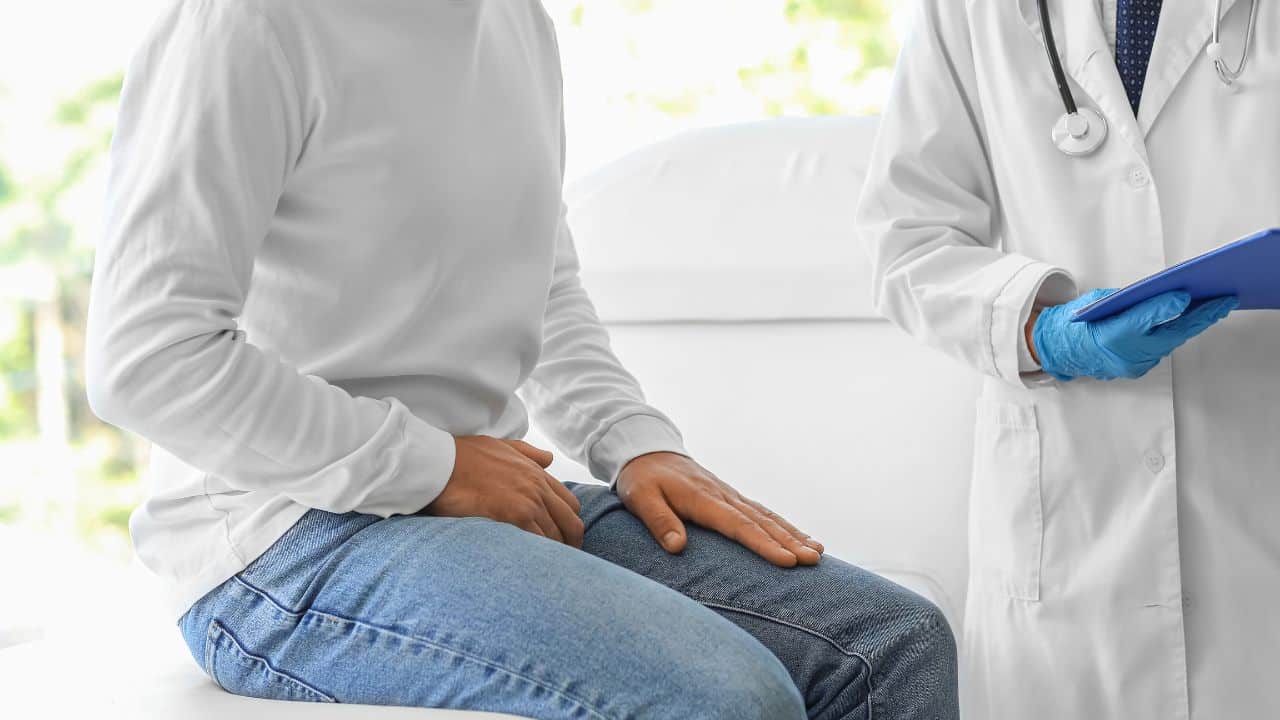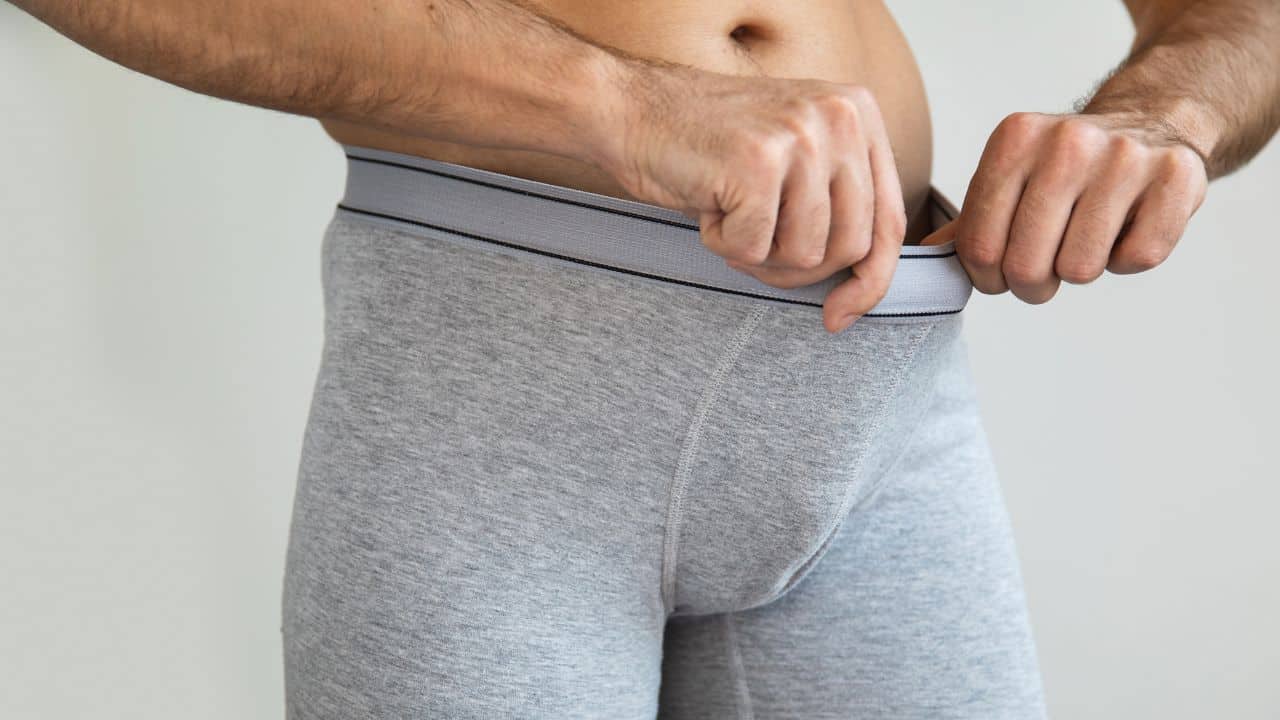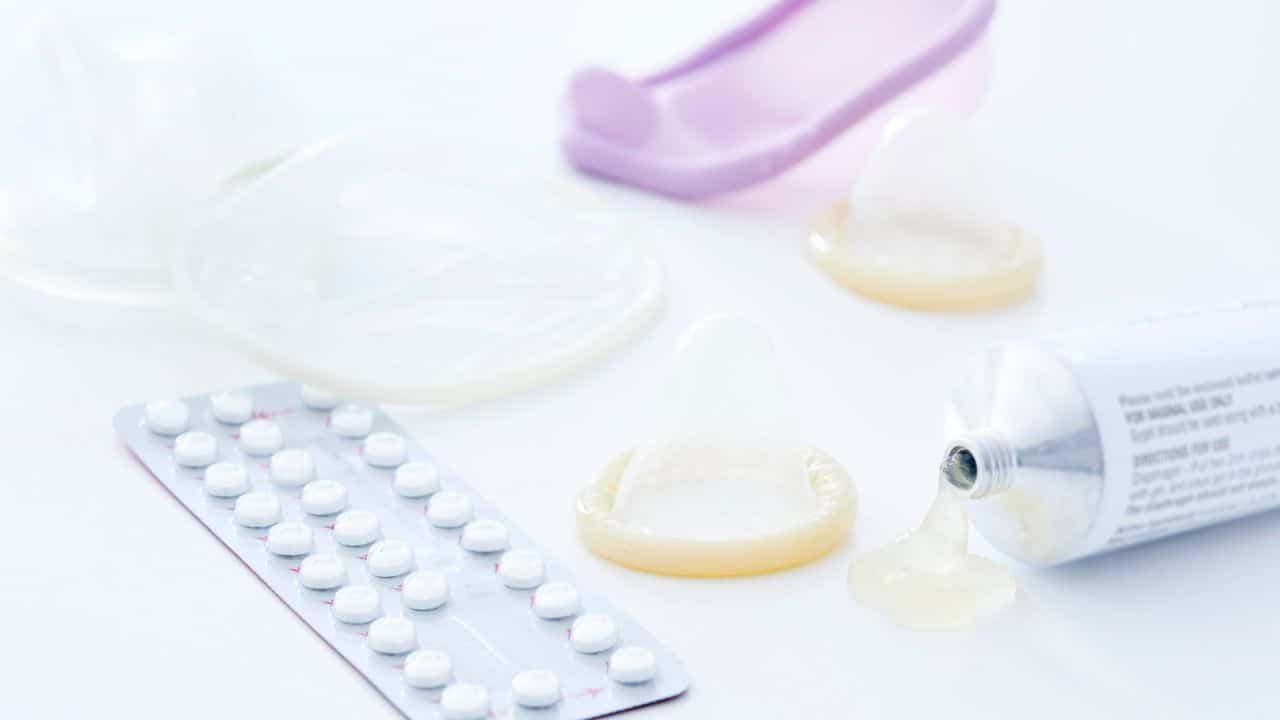There is nothing more frustrating than being wBecause PRP uses only natural plasmas from your own body there’s no risk of an allergic reaction. So, unless you are a cancer or metastatic patient with a low platelet count or an active infection, the procedure will most likely be suitable for you.ith your partner, getting in the mood for sex, and you cannot get it up no matter how hard you try. If this situation sounds familiar to you, don’t worry, you are not alone!
You might be surprised to discover it actually is a common experience, with up to half of all men aged between the ages of 40 and 65 having varying degrees of difficulty maintaining a healthy erection. This condition is called Erectile Dysfunction.
What exactly is Erectile Dysfunction (ED)?
Erectile dysfunction (also referred to as impotence) is the inability to achieve or maintain an erection hard enough to engage in sexual intercourse. Infrequent experiences of erectile dysfunction are more common; and can be due to performance anxiety, being with a new sexual partner, stress or alcohol. But frequent bouts of erectile dysfunction can signify an underlying issue.
Erectile dysfunction causes
The causes of ED can vary, from psychological to physical conditions. Medical conditions that can cause ED include diabetes, cardiovascular disease, obesity, high cholesterol, high blood pressure, low testosterone, hormone imbalance, kidney disease, following an injury, when taking certain medications, or post-surgery. Another cause of ED could be due to ageing and loss of muscle retention of the penis’ vessels. Even Peyronie’s disease (plaque build-up that leads to curvature of the penis) may be causing issues maintaining an erection.
Other erectile dysfunction concerns could arise from issues relating to your mental health. Stress, anxiety, depression, performance anxiety, relationship problems, or even sleep issues could be causing problems for you that you might not have considered.
For others, it’s what they put into their bodies that could be causing their erectile dysfunction. Especially for younger men, the use of drugs, tobacco and alcohol could be inhibiting your chances of maintaining an erection. As an example, people who smoke are twice as likely to suffer from ED compared to non-smokers. If you are only experiencing ED occasionally, for example on the weekends, then one of the most common causes of erectile dysfunction is due to overconsumption of alcohol. Read our helpful guide on erectile dysfunction here.
Erectile dysfunction and alcohol
We’ve all heard of whisky dick and many have probably even experienced it. There’s nothing more unsatisfying than wanting to have sex… but all those beers you knocked back earlier are impairing you from getting an erection. It is confusing for men, considering alcohol is also a sexual enabler and can get you in the mood.
The reason alcohol causes ED is because it acts as a depressant on the central nervous system. This sedative effect is what makes everyone feel good after a few drinks. We feel more laid back, relaxed and warm. But adversely, it also impairs our cognitive skills, lack of inhibition and often, inability to achieve an erection. Alcohol consumption impairs circulation and nerve sensitivity which are crucial for sexual arousal and erections. During sexual arousal, the brain sends signals to the penis which causes it to become erect. And, when we are under the influence of alcohol, these messages are severely impaired or don’t function at all.
Additionally, an erection occurs due to increased blood flow to the penis, but dehydration from alcohol causes blood volume to decline, reducing circulation to all parts of the body. Alcohol can also increase angiotensin levels, a type of hormone related to ED. Angiotensin causes blood vessels to constrict and increase blood pressure, which is not helpful for an erection. So, whilst you might be able to get hard after a few, alcohol consumption can also cause delayed ejaculation or even inability to. Delayed ejaculation is identified as taking longer than 30 minutes to ejaculate with sexual stimulation.
So how much is too much?
One way to stop erectile dysfunction from alcohol is to practice moderate consumption. According to the Australian Government Department of Health, a healthy adult should consume no more than four standard drinks on one occasion. And to reduce the risks associated with alcohol consumption, they advise an adult should consume no more than ten standard drinks a week.
It’s hard to say how many drinks will cause erectile dysfunction as everyone metabolizes alcohol differently, plus there are many other factors that could compromise your performance in conjunction with your consumption of alcohol. How much or when you last ate, body composition, how fast you drank, your tolerance, and how much water you consumed, all have an impact on whether your function will be affected.
Long term erectile dysfunction from alcohol
The inability to get an erection following alcohol consumption should only last until your body metabolizes the alcohol so once you sober up, you shouldn’t be experiencing erectile dysfunction from alcohol.
However, chronic drinking can be a cause of erectile dysfunction. Studies have shown men who are heavy drinkers have a 60-70% chance of experiencing sexual issues. The main sexual issues experienced from heavy drinking are erectile dysfunction, premature ejaculation, or loss of libido.
To help prevent erectile dysfunction from alcohol consumption:
- Eat before you drink
- Set a limit on how many drinks you will have
- Drink water in between
- Drink slowly
Don’t let alcohol get the best of your sex life – drinking in moderation is the key. If you are unable to get hard after drinking, your body is most likely telling you something. It might be a good time to reflect on how much alcohol you regularly consume, and how you can cut back whilst still enjoying social situations. We have put together a list of foods that help with erectile dysfunction.
Are you experiencing erectile dysfunction without alcohol consumption?
If you are becoming more frustrated being unable to maintain an erection during sex, it might be time to look at some treatment options. Infrequent erectile dysfunction is normal. Like we mentioned previously, not being able to get an erection on occasion due to stress, anxiety, lack of confidence with a new partner, or relationship issues, is expected. However, if you are experiencing this all too often, we can help with non-surgical erectile dysfunction treatments.
At CALIBRE Clinics, we advise Low-Intensity Shock Wave Therapy (LISWT) as an effective and lasting treatment for ED. It involves the delivery of low-intensity shock waves to the penile tissue. It requires no anaesthetic, and only takes 5-10 minutes per session.
We also offer a Platelet Rich Plasma (PRP) Procedure to regenerate penile tissue so men can enjoy long term healthy erectile function. The PRP Procedure involves a clinical assessment and injection of the erectile dysfunction treatment.
What is the PRP Procedure?
The PRP Procedure is designed to deliver you with healthy, long term erectile function. It’s a type of natural tissue and skin rejuvenation therapy which activates stem cells and releases growth factors. It works by utilising concentrated bioactive proteins and blood platelets to become a successful erectile dysfunction treatment.
PRP has a long history of being used for wound healing and treating sports injuries. This procedure repairs and regenerates the skin and tissue of the penis in exactly the same way, and as PRP is naturally occurring in your blood, there is no risk of an allergic reaction or other complications.
The PRP Procedure offers you a long-lasting and safe treatment for maintaining a healthy erection. PRP also stimulates the production of collagen and elastin within the penis, which rejuvenates the appearance of the penis skin.
PRP results
The results from any PRP Procedure will vary slightly from patient to patient, but you can look forward to a range of benefits experienced by most men following the procedure. These include longer-lasting and stronger erections, increased sensation, longer sexual performance, improved appearance of penile skin, and often can assist with prostate discomfort.
It will take between 3–4 weeks for the regeneration of the penile tissue to start. Following the initial session you will complete your treatments 4–8 weeks apart. Most people require between 1-3 treatment sessions for the best possible results.
How long does the procedure last?
For most people the treatment will last between twelve and fifteen months, though we do recommend a top-up once every twelve months, as lifestyle and ageing factors can impact the success of the treatment.
Who is PRP suited for?
Because PRP uses only natural plasmas from your own body there’s no risk of an allergic reaction. So, unless you are a cancer or metastatic patient with a low platelet count or an active infection, the procedure will most likely be suitable for you.
PRP Research
Recently published in the Journal of Sexual Medicine (JSexMed.2021May; 18(5):926-935), a team of eight urologists in Greece did a randomised placebo-controlled investigation. This investigation examined the safety and efficacy of PRP injections into the penis of men with mild and moderate erectile dysfunction.
The highest level of study in this area, with neither the men or doctors knowing what treatment they had, 60 male participants were randomly assigned into two groups. There were two sessions, one month apart, where participants were injected with either 10mLs of PRP or a placebo deep into the erectile tissue of the penis. After receiving the two treatments, participants from both groups were then evaluated at one, three and six month intervals.
The men were not allowed to have any other form of treatment for erectile dysfunction during this trial and were assessed using a questionnaire (International Index of Erectile Function-Erectile Domain, IIEF-EF), with researchers looking for a Minimal Clinical Important Difference (MCID). A MCID is a statistical difference between the two as well as a practical and functional difference, from before to after.
During the period of evaluation, one patient dropped out of the PRP group and four out of the placebo group. At the six month period, the MCID was achieved in 69% in the PRP group, and 27% in the placebo group. There were also significant differences at the one and three month evaluations. Not surprisingly, patients receiving the PRP were more satisfied than those receiving placebo, and there were no adverse events recorded.
It is certainly encouraging to see this study published in a major journal. Let’s hope it sparks further investigation into treatments of erectile dysfunction.
How do I get started?
The starting point for any treatment is having an initial consultation. Whilst it is completely natural to feel nervous discussing the topic of erectile dysfunction, our doctors are highly trained and well-experienced so you can trust that your physician will handle your consultation professionally, sensitively and with discretion. You will be able to discuss your own experiences and circumstances with your doctor, and they can answer any questions you may have. There’s also no need to consult with your regular GP before booking your initial consultation at CALIBRE. But if you prefer to do so, here are questions you can ask your healthcare provider about ED.
Remember the statistic that up to 50% of men between the ages of 45–60 report problems with erectile function? Don’t suffer in silence anymore from erectile dysfunction. The PRP Procedure is a non-surgical treatment where you can be confidently enjoying a healthy erection again. Contact us today to arrange your initial consultation.





